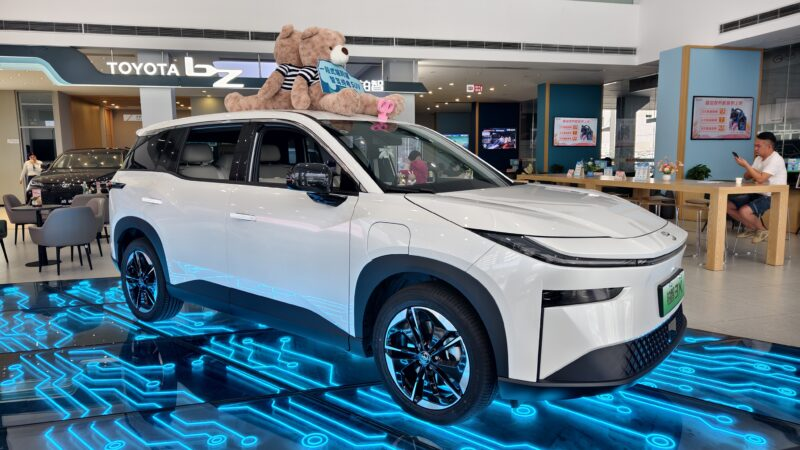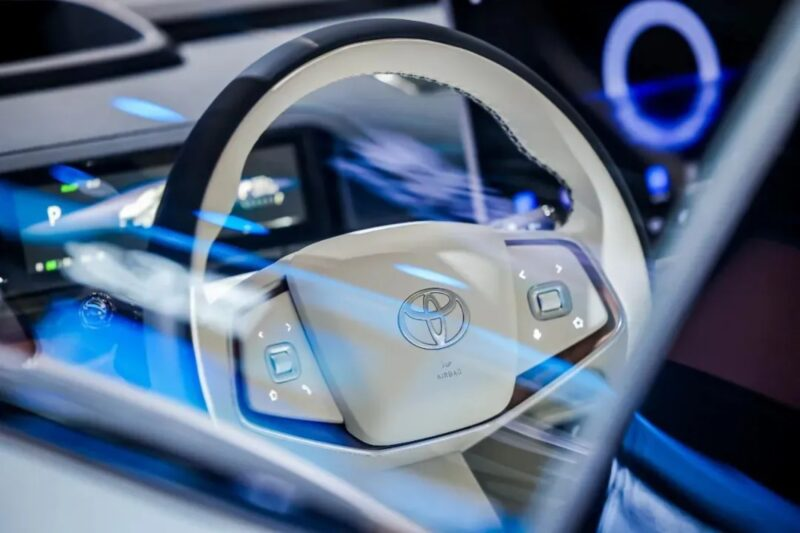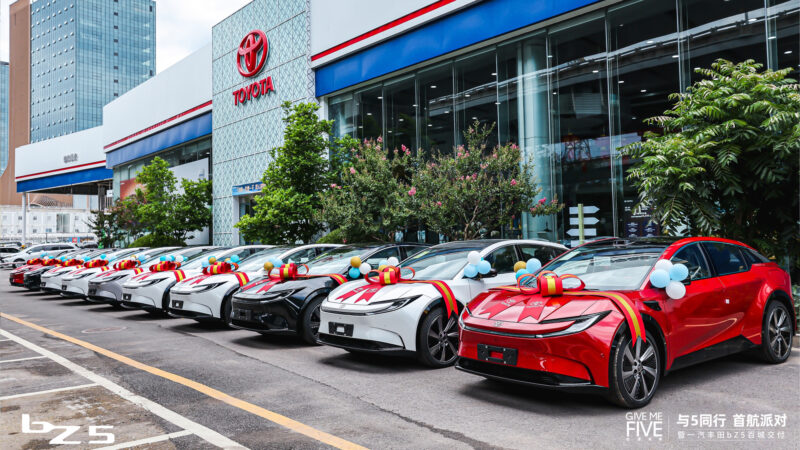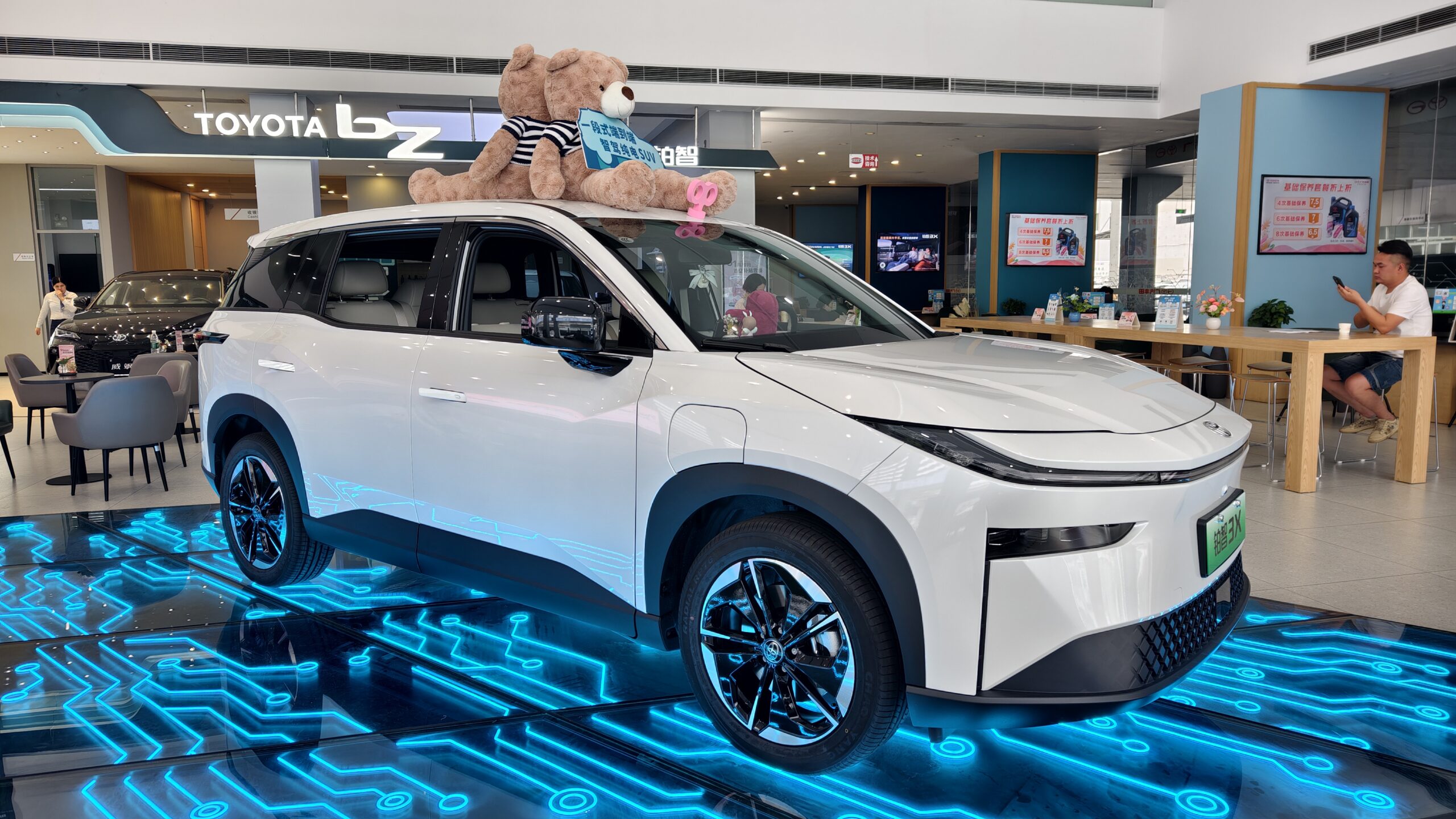Toyota chief’s remark that “one EV pollutes like three hybrids” faces scientific pushback in China
Toyota Chairman Akio Toyoda recently reignited the debate around the environmental impact of battery electric vehicles (BEVs), claiming in an April interview that “9 million BEVs emit the same carbon as 27 million hybrids.” His comments reflect Toyota’s multi-pathway emissions strategy, which includes hybrids, fuel-efficient ICEs, fuel cells, and BEVs. He also argued that manufacturing 9 million BEVs in Japan would raise emissions due to fossil fuel-reliant grids—a point critics say overlooks grid decarbonization trends.

However, research from both Chinese and international institutions paints a different picture. Tsinghua University’s 2022 study found that EVs emit 20–30% less CO₂ over their lifetime in China, even factoring in the country’s coal-heavy power mix. China Automotive Technology & Research Center (CATARC) data backs this up: a compact EV in China emits around 118g CO₂/km across its lifecycle versus 163g for a gasoline-equivalent. China’s grid is rapidly cleaning up, with non-fossil sources surpassing 40% in 2024 and projected to reach over 50% by 2030.

Globally, a 2022 Nature study found EVs were the lowest-emission choice in over 95% of regions. While BEVs have higher production emissions—around 11–14 tons of CO₂ vs. 6–9 tons for hybrids or ICEs—they quickly offset this. Argonne National Laboratory research shows EVs “break-even” on carbon after about 31,000 to 45,000 km. After that, lifetime emissions remain significantly lower. MIT and EPA data confirm this trend, even in regions with relatively dirty power.

Hybrids, while more efficient than ICEs, vary widely. Traditional hybrids like the Prius rely on small batteries and have limited electric range. Plug-in hybrids (PHEVs) offer better EV-only range (30–80 km) but often fall short in practice. European data shows that many PHEV drivers don’t charge regularly, leading to real-world emissions that exceed lab ratings.

EV battery production is becoming cleaner. CATL and BYD are scaling up cobalt- and nickel-free chemistries like LFP and LMFP, reducing battery-related emissions in China. CATARC estimates battery carbon intensity dropped nearly 15% between 2020 and 2024.

Despite Akio Toyoda’s scepticism, Toyota heavily invests in EV development in China. Under its “China R&D 2.0” strategy, it has partnered with Huawei, Xiaomi, and Momenta to co-develop intelligent cockpits and driver-assistance systems. Joint ventures like GAC Toyota and FAW Toyota are building dedicated BEV and PHEV platforms, while BYD provide key components. Models like the bZ5, bZ3X, and upcoming bZ7 reflect this localisation strategy, significantly reducing development cycles compared to previous efforts.

While hybrids remain a practical bridge technology, especially in areas lacking robust charging infrastructure, global and Chinese data converge on one conclusion: EVs offer the most significant long-term emissions reductions. As power grids continue to decarbonise and cleaner technologies scale globally, EVs will strengthen their carbon advantage further. They offer the most viable long-term path toward net-zero transport, even in areas where charging infrastructure still lags behind.
Source: IT-Home




